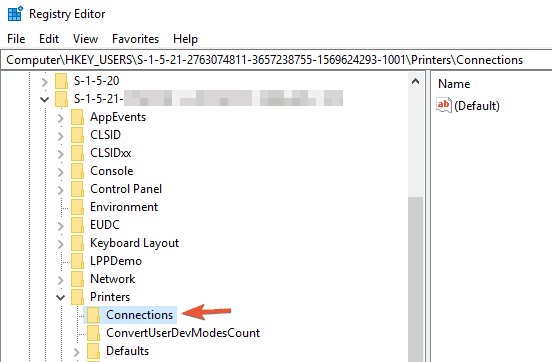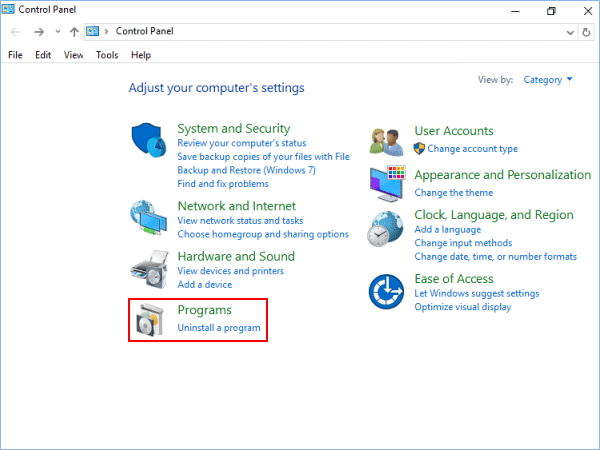

Select / tap Start from the bottom left of the Windows screen, then Control Panel > Printers and Other Hardware > Printers and Faxes. If you're in Classic view, select Printers directly from the Control Panel. Select / tap Start from the bottom left of the Windows screen, then Control Panel > Hardware and Sound > Printers. Select the Start button from the bottom left of the Windows screen, and select Devices and Printers. (If you're using a mouse, point to the upper-right corner, move the pointer down, and select Search.)Įnter Device and Printers in the search box, tap or select Settings, and choose Device and Printers. Swipe in from the right edge of the screen.

Hold down the Windows key on the keyboard and type the letter R. In the Run box, type control printers and select OK. Open the Printers Folder for your operating system as follows: In a domain environment you would want to do this from a policy rather than a registry tatoo, but it is possible to edit the registry to mimick this policy.When you set up a printer to be the default, it's used for every print job unless you specify otherwise.ġ. Reg ADD HKLM\SOFTWARE\Microsoft\Windows\CurrentVersion\Policies\System /v ConsentPromptBehaviorAdmin /t REG_DWORD /d 0 /f Note that this can also be done by direct modification of the ConsentPromptBehaviorAdmin reg value via the command: However, if this is in any sort of domain environment (where UAC for non-admin users is actually preferable), you can make a local (or group) policy change so that Admins don't get prompted under Computer Configuration > Windows Settings > Local Policies > Security Options > User Account Control: Behavior of the elevation prompt for administrators in Admin Approval Mode - set this to "Elevate without prompting". Reg ADD HKLM\SOFTWARE\Microsoft\Windows\CurrentVersion\Policies\System /v EnableLUA /t REG_DWORD /d 0 /f If it's just for your own machine, you can modify the EnableLUA reg value via the command: would you know how to turn off uac it is bothersome.

Thank you sir,I have learned so much from this place. You would use -t -p "printer" to set the default printer by it's common name (use -g to get the current default to see what I mean). ' prnmngr -a -p "printer" -m "driver" -r "lpt1:" ' also for getting and setting the default printer ' used to add, delete, and list printers and connections ' prnmngr.vbs - printer script for WMI on Windows


 0 kommentar(er)
0 kommentar(er)
